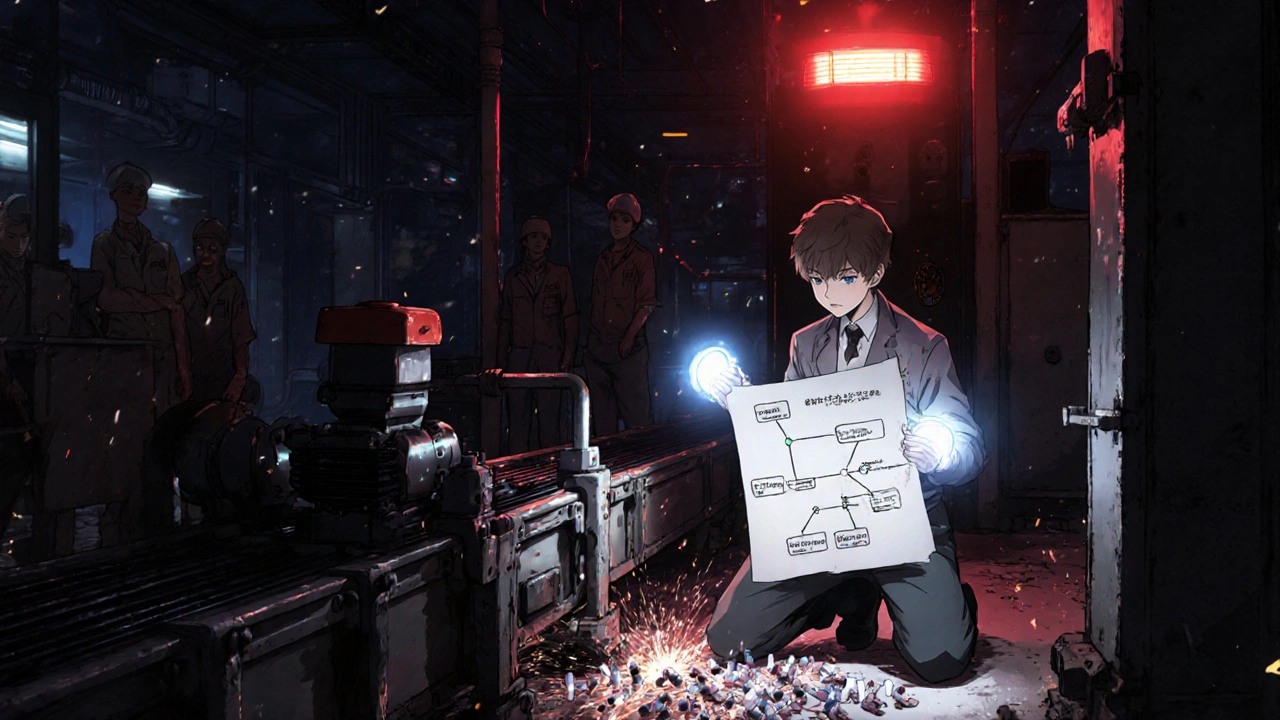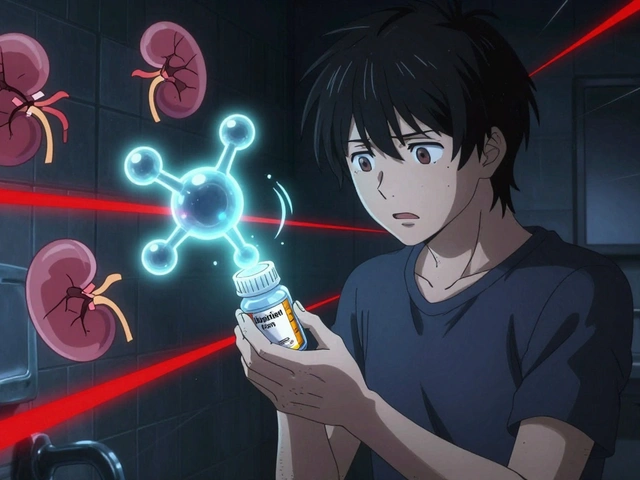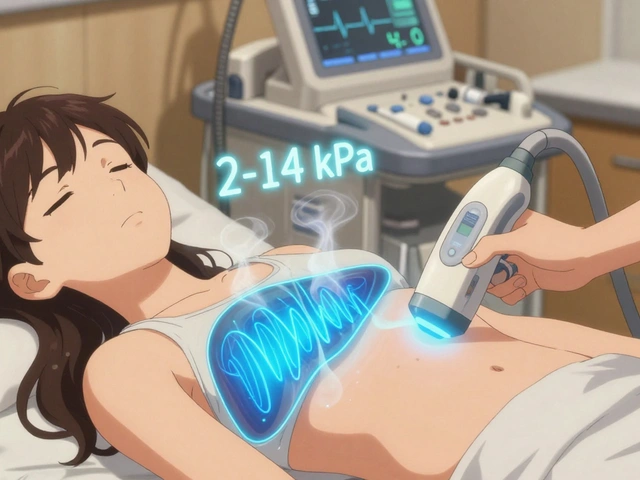Root Cause Analysis in Pharmaceuticals: Find Why Drugs Work — or Fail
When a drug causes unexpected side effects, or a whole batch gets recalled, it’s rarely just bad luck. Behind most medication problems is a root cause analysis, a systematic process to trace problems back to their origin in manufacturing, prescribing, or patient use. Also known as failure mode analysis, it’s how experts figure out if a problem came from a faulty ingredient, a mislabeled bottle, or a dangerous interaction no one tested properly. This isn’t theory — it’s how regulators and pharmacies stop the same mistake from happening again.
Take drug interactions, when two or more medications react in harmful ways inside the body. One post talks about how grapefruit juice can spike steroid levels in people taking mometasone. Another shows how antifungals and HIV meds can turn a safe dose of corticosteroids into a dangerous one. These aren’t random events. They’re patterns found through root cause analysis — tracing the problem from the patient’s symptoms, back to the prescribing doctor, then to the drug’s metabolism pathway, and finally to the lack of clear warnings in the label. The same logic applies to adverse drug reactions, harmful effects that aren’t listed as common side effects. Why do SSRIs cause falls in older adults? Not because the drug is weak — but because it lowers sodium levels, which then affects balance. Root cause analysis connects those dots.
It’s also why pharmaceutical regulation, the set of rules that govern how drugs are made, tested, and sold exists. The ICH guidelines mentioned in one post aren’t just paperwork — they’re the result of years of root cause analysis across countries. When a drug like valsartan was found to contain a cancer-causing contaminant, regulators didn’t just pull it. They dug into the synthesis process, traced the chemical impurity to a specific supplier, and changed the entire manufacturing protocol. That’s root cause analysis in action — turning a crisis into a system fix.
And it’s not just about drugs failing. It’s about why they work for some and not others. Why does one person’s cystic fibrosis respond to a CFTR modulator while another doesn’t? Because their genetic mutation is different. Root cause analysis here isn’t about blame — it’s about precision. It helps doctors choose the right drug for the right patient, not just the most popular one.
What you’ll find in the posts below isn’t a list of random drug facts. It’s a collection of real-world investigations — each one rooted in the same question: Why did this happen? Whether it’s why generic warfarin prices vary wildly, why older adults on SSRIs end up in the hospital, or why a new antibiotic formulation might fail in the lab — every post traces back to the same process. You won’t find fluff. Just clear, practical answers to the questions that actually matter when your health is on the line.

Corrective Actions: How Manufacturers Fix Quality Problems
Corrective actions in manufacturing go beyond fixing defects-they eliminate root causes to prevent recurrence. Learn how structured CAPA processes, backed by FDA and ISO standards, reduce defects, cut costs, and ensure compliance.
Continue Reading



